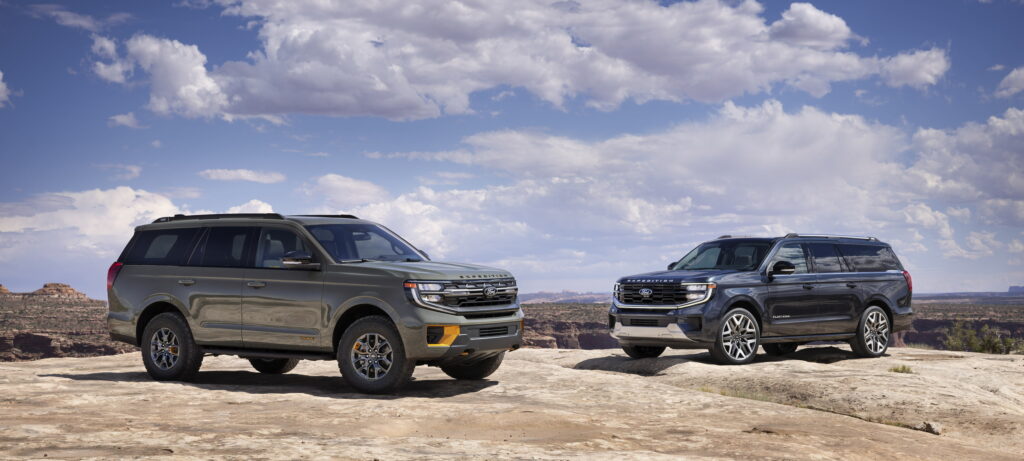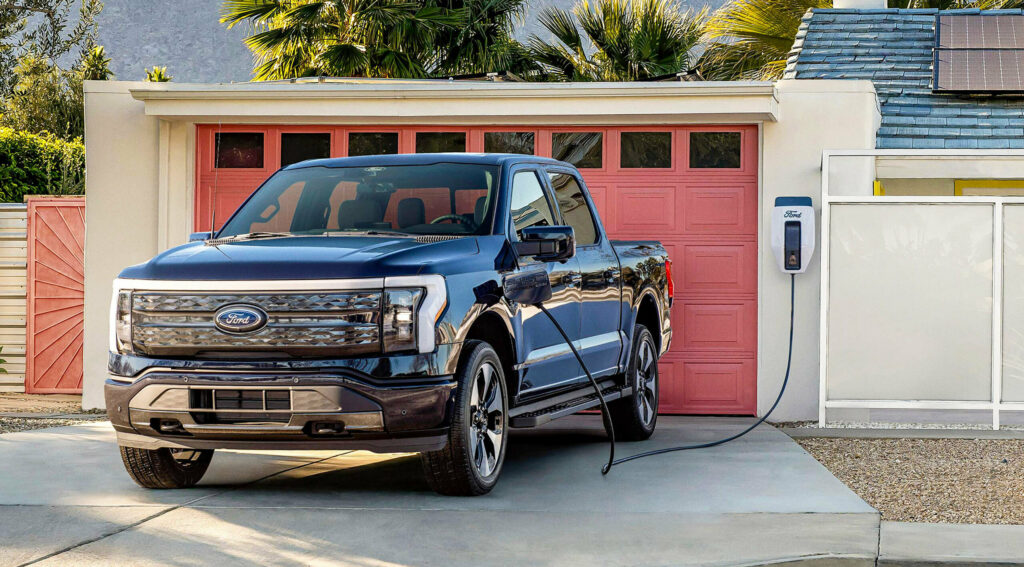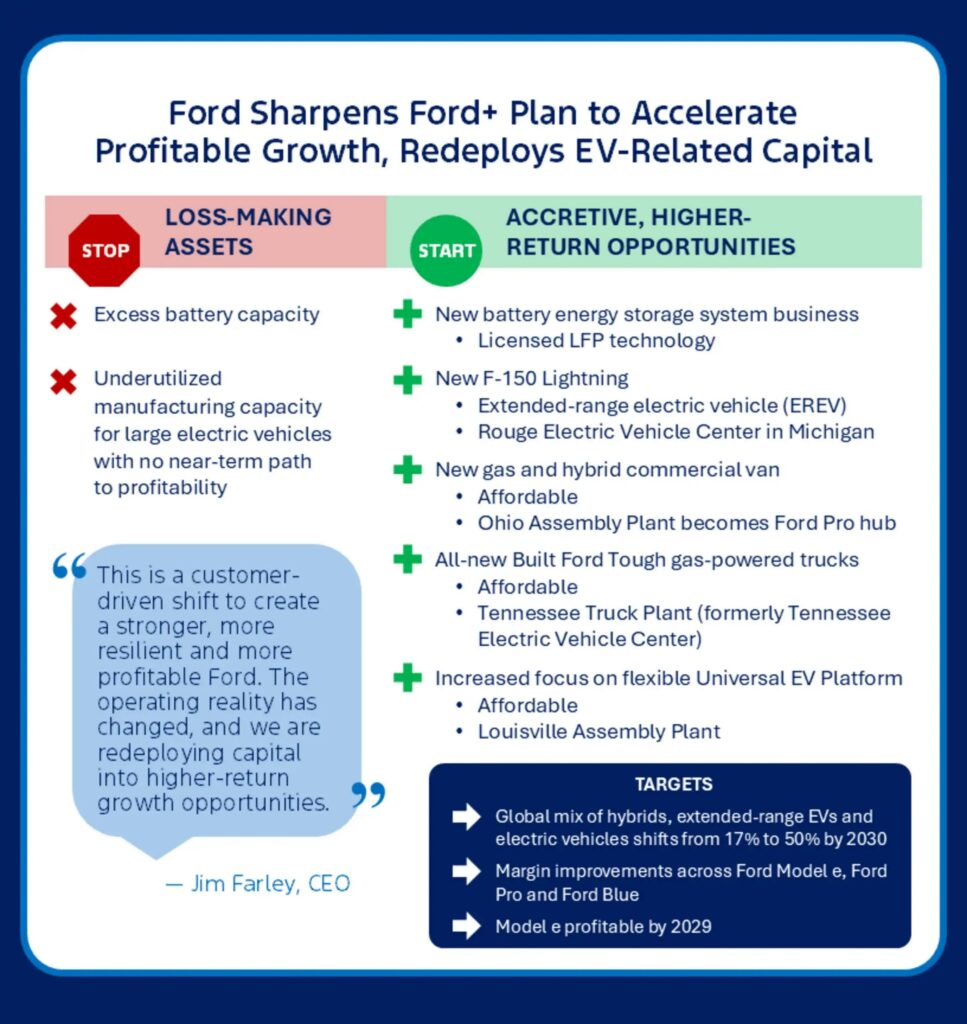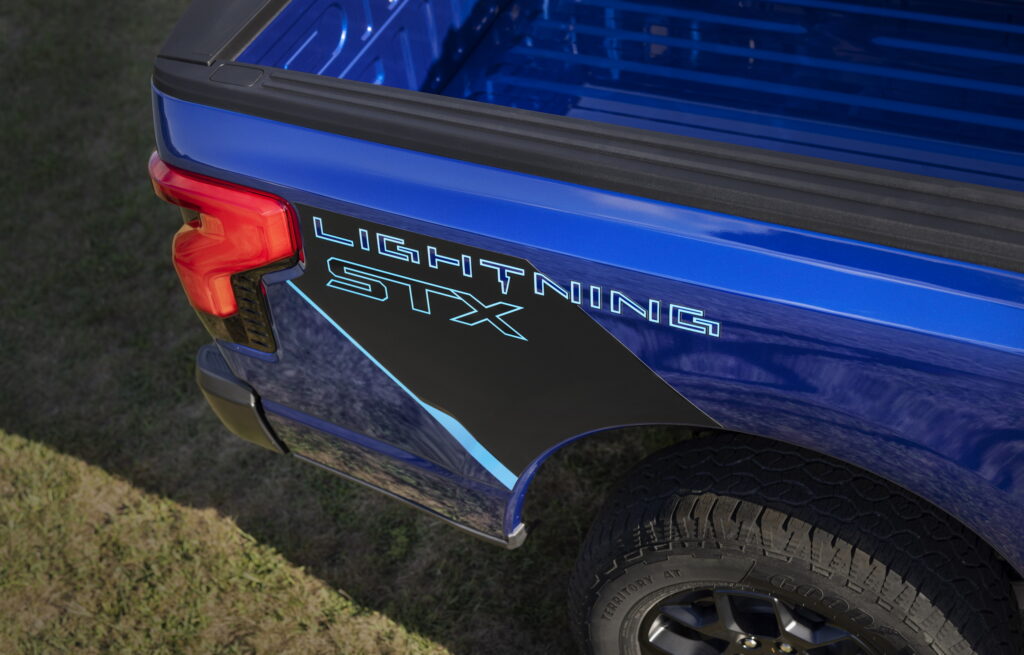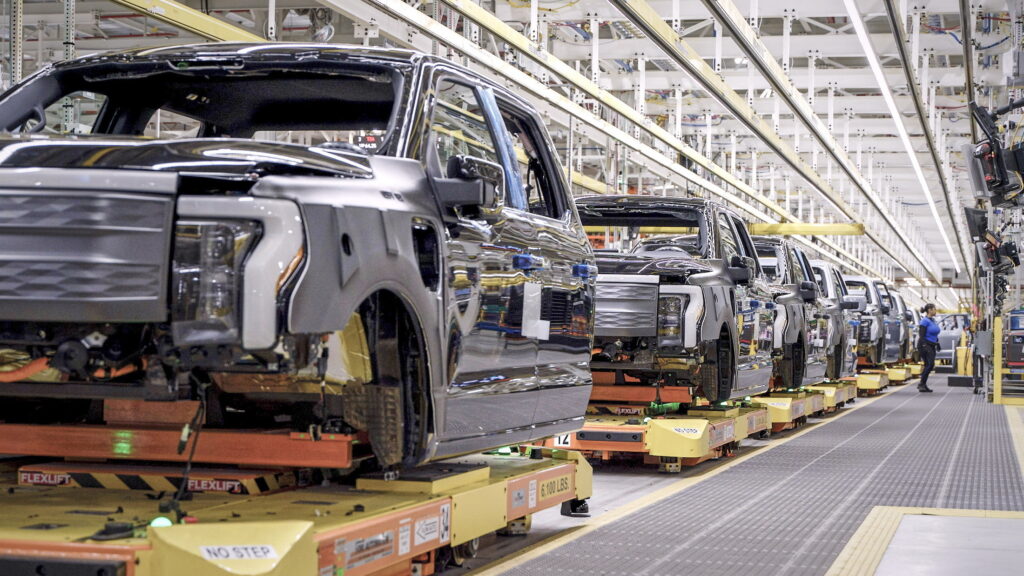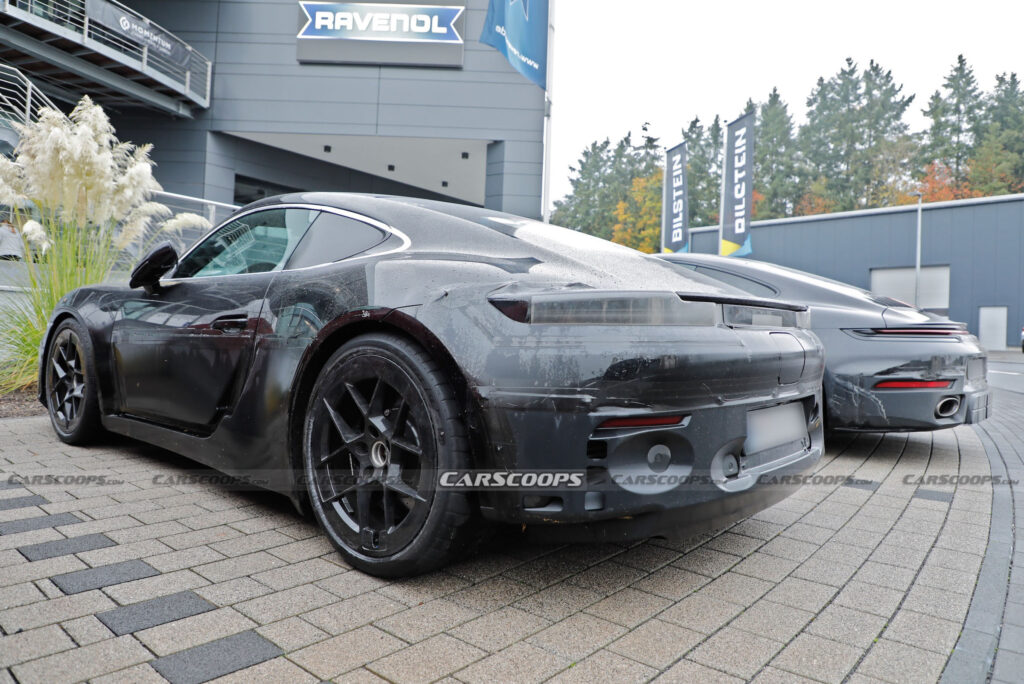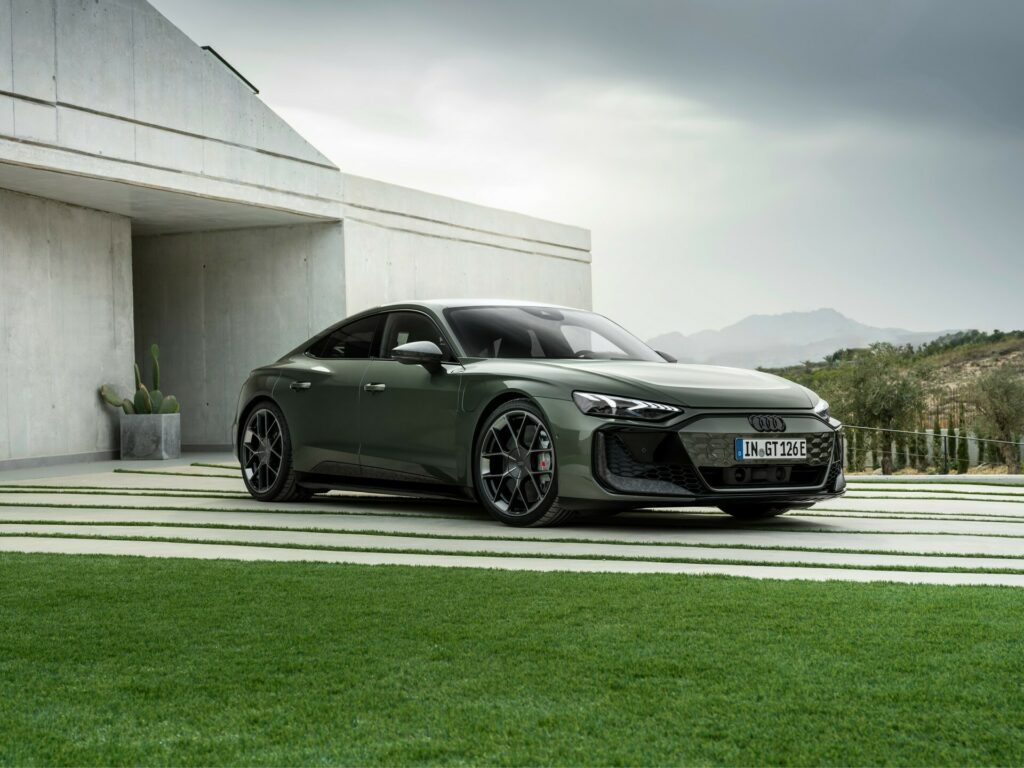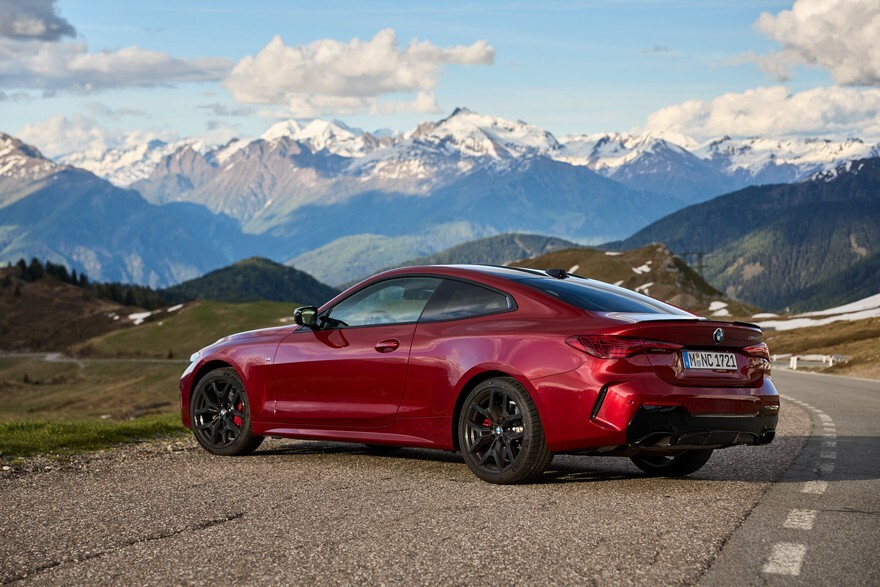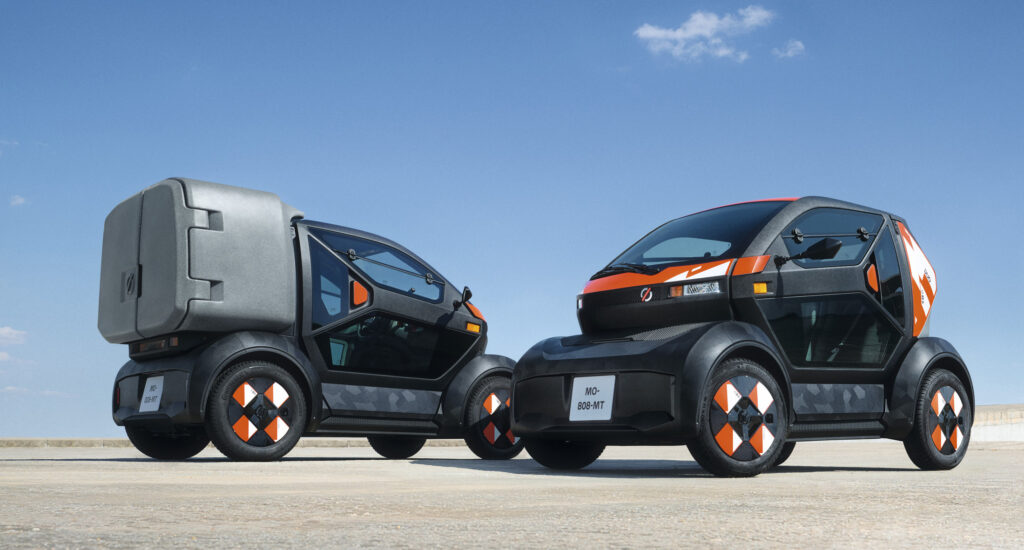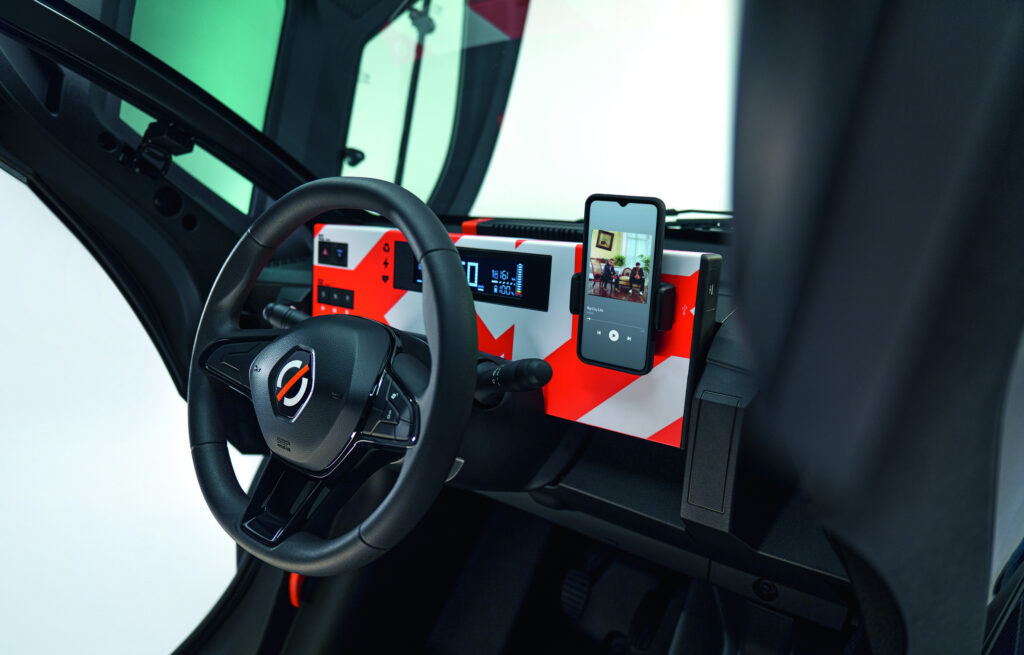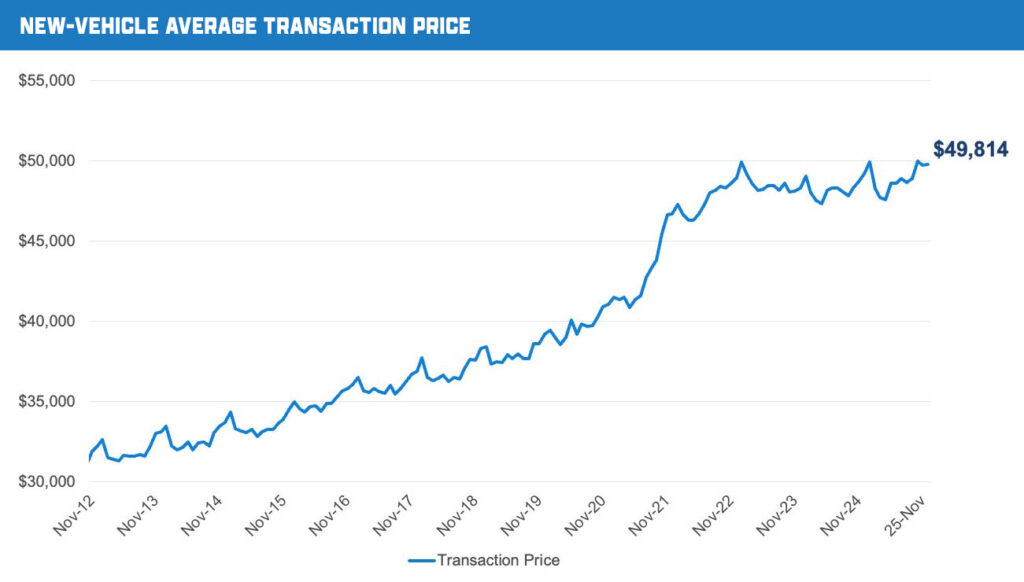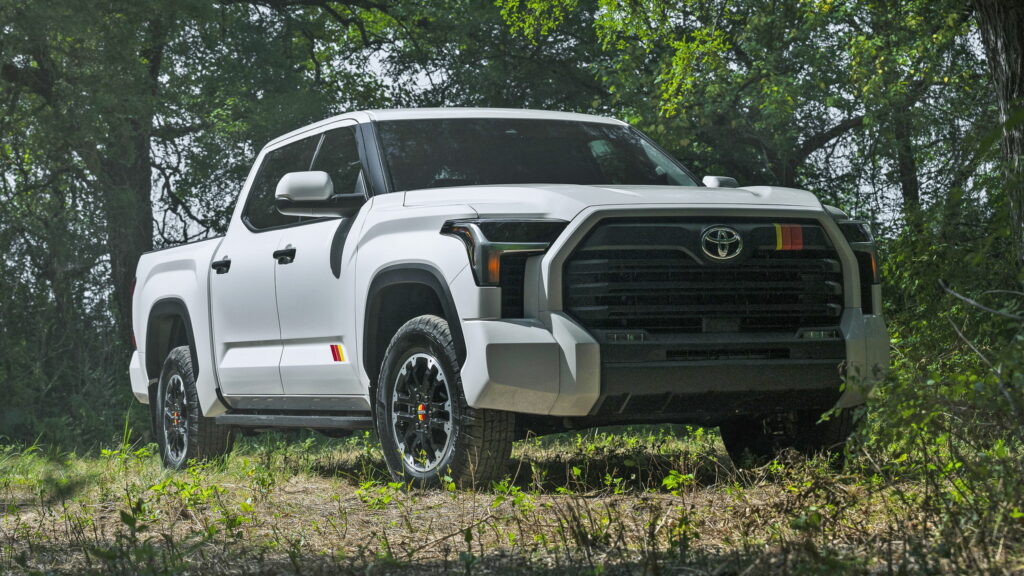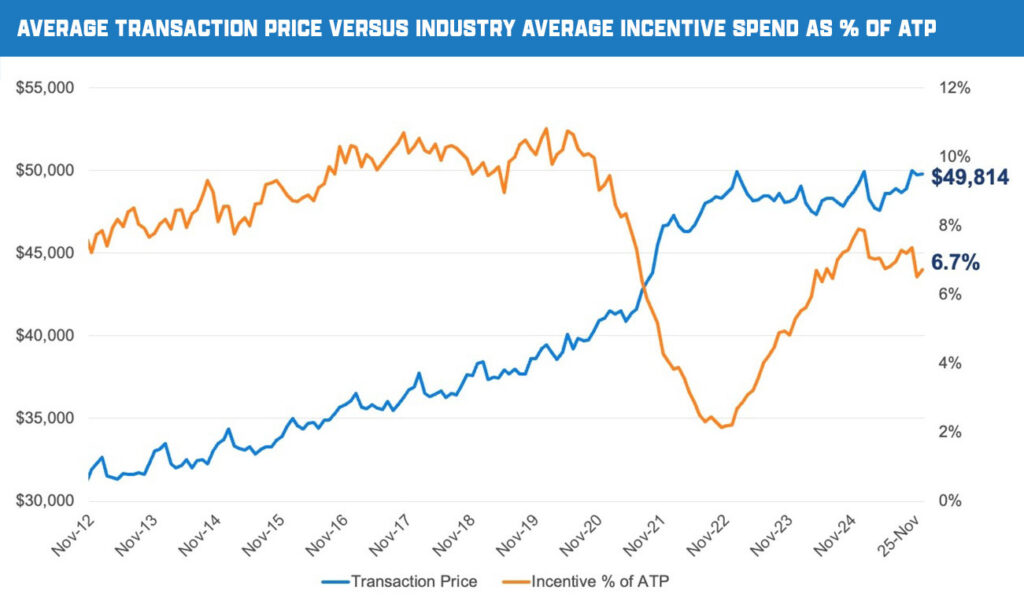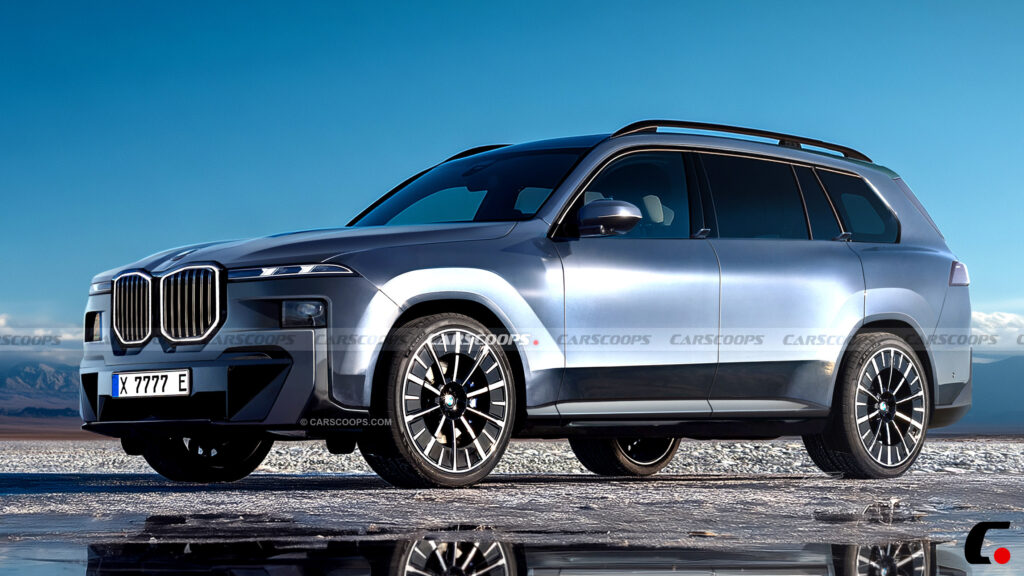Confusion reigns in the wake of a late November decision announcing how the U.S. Department of Education (ED) could be dismantled, including the impact of the decision on school transportation.
Tim Ammon, owner of Ammon Consulting Group, noted two initial impacts focus on longer decision times and less clarity regarding resolving special needs services concerns.
Staffing reductions and the reorientation of the organization would make it more difficult to obtain guidance on what services are required, having the potential to create longer term uncertainty related to the stability of decisions and policy that can potentially create future exposure for services not provided, he said.
The third item Ammon suggested is uppermost in many minds: The reduction and likely elimination of some funding streams to transportation departments.
“While some perhaps most of these will be felt at the district level, they will filter their way down to transportation as districts begin to make very difficult choices about how to pare back services across all programs due to budget deficits,” he said.
During a Nov. 20 press conference, White House Press Secretary Karoline Leavitt noted President Donald Trump “took a significant step toward delivering on a core campaign promise to finally close the Department of Education to shrink the bloated federal bureaucracy.”
A coalition of educators, school districts, unions and The Arc of the U.S. — an advocacy group for people with intellectual and developmental disabilities — sued the Trump administration in federal court, arguing the government’s latest attempt to dismantle the ED is unlawful, according to The New York Times.
The ED has entered into new interagency agreements with the Departments of Health and Human Services, Interior, Labor, Interior and State.
The agreements do not address school transportation impacts.
The ED announcement noted “these agreements follow a workforce development partnership signed with the Department of Labor earlier this year which created an integrated federal education and workforce system and reduced the need for states to consult multiple federal agencies to effectively manage their program.”
The interagency agreements are “a key step in our efforts to shift educational authority from Washington D.C. to your state education agency, local superintendent, local school board, entities that are accountable to you,” Secretary of Education Linda McMahon said at the press conference.
“As we partner with these agencies to improve federal programs, we will continue to gather best practices in each state through our 50-state tour, empower local leaders in K-12 education, restore excellence to higher education, and work with Congress to codify these reforms.”
Leavitt added the agencies will “now ensure the delivery of legally required programs while also refocusing them to better serve students.”
She claimed the 43-day federal government shutdown had “no impacted whatsoever” on the U.S. education system despite ED furloughing 90 percent of its staff. She noted schools nationwide stayed fully open, students attended class and received normal in-person instruction, and teachers received their paychecks uninterrupted.
“Since its creation in 1979 during the Carter administration, the Department of Education has spent over $3 trillion taxpayer dollars without improving student achievement, despite per-pupil spending having increased by more than 245 percent,” said Leavitt, adding math and reading scores are down.
The ED is a pass-through entity, McMahon said, adding “it doesn’t educate a single student. The money it sends to states for education can be sent directly without waste. Education is local. It should be overseen locally by those who best know local needs.”
Jeanne Allen, Center for Education Reform CEO and founder, ED hasn’t worked for students in decades but dismantling it remains complicated.
“It won’t be seamless, and it won’t succeed unless the new agencies clearly communicate with states, communities and parents about their new flexibility, how funds can be better spent, and how to avoid getting snared in fresh compliance traps,” she continued. “But shifting power closer to communities is the right direction.”
In contrast, Denise Forte, president and CEO of left-leaning educational think tank and racial and economic equity advocate EdTrust, released a statement indicating “the Trump administration began the process of selling off the Department of Education for parts. The administration has let down teachers, families and students, those currently in classrooms and the generations to come.
“Further diminishing these offices that protect student rights and stop discrimination and sending them off to be run by agencies that work on public health and short-term training, which lack the skills, expertise, or capacity in education, isn’t about improving student outcomes. It’s about implementing a business model that transforms students into widgets instead of human beings who need support.”
Forte has called on Congress to “stand up for the rights of America’s students and ensure education programs stay where they belong, with the Department of Education. The law is clear. Only Congress can dismantle the Department of Education.”
She also noted students and schools were indeed hurt by the federal government shutdown, noting calls and emails from families desperate to learn about their cases with the Office for Civil Rights (OCR) went unanswered. Information requests from schools and districts were left unresolved.
These new directives only serve to further distance students — particularly students of color, those from low-income backgrounds, students with disabilities, and multilingual learners — from educational opportunities, Forte said, adding the other agencies now charged with protecting students’ educational civil rights do not have the relationships, expertise, or staff capacity to do so.
Multiple media reports, such as one from K12Dive that featured a timeline of the legal and political back-and-forth on shutting down the ED, indicates the ED has asked some OCR employees placed on administrative leave since March 21 to return to work by the end of December to address the current caseload of discrimination complaints.
Related: Education Leader Challenges Transportation Professionals to Reimagine Compliance and Student Access
Related: Idaho Department of Education Names School Bus Technician of the Year
Related: Office of State Superintendent of Education Launches New Parent Portal for Student Transportation Services in D.C.
Transportation Focus Amid Uncertainty
Ammon said the most important factor transportation officials should be preparing for “is a lack of certainty about anything we thought was certain. As programs get dispersed across the bureaucracy and funds get commingled into block grants, there will be a shift in the available expertise, guidance and support, meaning departments are more likely to have to go on their own without formal or informal guidance previously provided by ED.
“Until we have a bit more certainty about whether this recent inter-agency transfer of responsibilities and funding levels will hold, districts are better off not making too many changes that would need to be undone if the winds and whims of policy and guidance change again,” he added.
While school transportation is primarily funded at the local and state level, it is indirectly supported by Title 1, the Individuals with Disabilities Education Act, and the McKinney-Vento Homeless Assistance Act.
Ammon noted confusion will reign for a period of time, with inevitable funding shifts.
“The shifts may not necessarily be direct cuts, but the bundling of programs into something like broader block grants that make funding more fungible and more likely to be reallocated within a district is inevitable,” he added.
Ammon reiterated that guidance on required services is likely to be even more chaotic.
“Worse still is if you think about how long these things take to play out, it is possible that by the time there is some clarity on requirements the administration could change and we are back to uncertainty,” he said.
While the IDEA law would remain intact, it is unclear in the short term which federal agency would enforce it and while states would likely comply, consistency and oversight could weaken with families facing uneven support depending on state laws or budgets, Ammon said.
As the ED collaborates with the National Highway Traffic Safety Administration on school bus safety recommendations, the EPA on clean fleet initiatives, and Homeland Security on emergency preparedness, its dismantling could slow coordination of national safety policies and potential inconsistencies in federal guidance for bus manufacturing standards, driver qualifications, student safety training, and emergency planning.
“Because much of this is in statute, it would theoretically require Congress to do something which it has seemed incapable of recently so those things feel like they won’t change much,” said Ammon.
“The regulatory issues are likely to be more impacted because of the scope of authority over them,” he continued. “My sense is that theme of uncertainty will be the thing most felt. I suspect that the key agencies transportation operations work with will still want and maybe be even more desirous of providing guidance in order to push the revised thinking down, but the reductions in staffing will make this more difficult because there will be so many fewer people to do the work. As a result, the changes may not be as fast or significant as expected.”
With the OCR and the National Center for Education Statistics playing a key role in tracking transportation access, identifying inequities, monitoring discipline and restraint/seclusion policies on buses, and conducting research on school travel behavior, national visibility regarding data collection and research could be fragmented under the states.
The ED’s data systems track everything from student ride times to transportation spending. With no single entity responsible for collecting nationwide data, the gap would make it more difficult for policymakers and researchers to identify trends or create informed solutions.
“This is one of the areas I am most troubled by,” Ammon said. “As an industry, we already have challenges on gathering and reporting data from at least 50 different state systems and thousands of operations.
“Losing the one source where even if the data isn’t perfect – it was pretty consistent – is a real degradation of the ability to do the trend analysis and comparisons vital to identifying best, emerging, and worst practices out there,” he added.
Ammon noted while he has no idea of the impact, it’s “interesting” to contemplate that without the ED, states may develop different rules affecting interstate collaboration, emergency evacuations, rural and tribal transportation funding, and charter, magnet, and school choice program compliance.
While the ED sets guidance on whether transportation is required or optional, transportation for choice programs becomes a state decision, with a potential increase in inequities.
“With the increased push for school choice at the federal and state level, this may become a bigger issue sooner than a lot of other issues,” Ammon said.
With respect to school bus fleets, drivers and operations, the ED dismantling would interfere with how fleets qualify for federal grants; access to low-emission/green fleet initiatives, and transportation tied to federal programs such as IDEA and Title I with rural districts – which are highly dependent on federal dollars – hit the hardest.
Ammon said this will be a massive and disproportionate influence.
“While federal funding is only about 10 percent of overall funding, for certain districts it is a much higher percentage,” he said, adding that it often affects poorer and more diverse districts.
While the funding reduction will be felt as more of a top-line, district-level resource reduction, it won’t take long to trickle down to transportation, Ammon noted.
“We will see notable reductions in services and the elimination of services in many districts,” Ammon said. “We will also see program reductions because service providers who may offer services for special needs, OT/PT or homeless end up closing due to lack of funding.”
That places the burden of service provision back on districts that are neither staffed nor equipped to provide it, he added.
“It doesn’t take long to get into a doom loop here where it becomes impossible to figure out how to maintain any semblance of what has seemed like normal for a generation,” Ammon said.
Related: (STN Podcast E286) End of Year Review: Safety & Technology Trends of 2025
Related: NASDPTS Sunsets School Bus Manufacturers Technical Council, Announces Updates
Related: Deploying Electric School Buses in Rural and Suburban Districts
While buses would still meet safety standards through NHTSA, the ED coordinates student evacuation, emergency planning, bullying, restraint and seclusion, and disability access, with such guidance slated to become patchwork on a state-by-state basis.
Ammon said statutory concerns won’t change as much as the regulatory piece, which will likely change due to changes in regulatory scope and a lack of regulators.
“Anything that appears like ‘soft side’ enforcement of things like bullying will be completely gone as that will be perceived to be an enforcement and definition function that should be made at the local level,” he added.
While the move to dismantle the ED is major, “We have to recognize it will be experienced by different populations very differently,” said Ammon. “The groups that have had to rely on federal legislation or support — especially special needs, homeless and socio-economically challenged — will feel this right away.
“It also is important to recognize that concerns such as school desegregation required federal intervention,” he added. “It is difficult to know with a great degree of certainty how this will ultimately be resolved or predict the next area that would require broad federal input in education.”
Whether that is good or bad will be for policy makers and the public to decide.
“We can be reasonably certain that in the current moment, it is going to require a very high bar or severe crisis to get that support,” Ammon added.
The post Funding Among Potential Impacts of U.S. Education Department Dismantling on School Transportation appeared first on School Transportation News.

